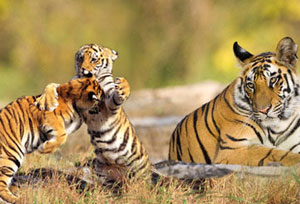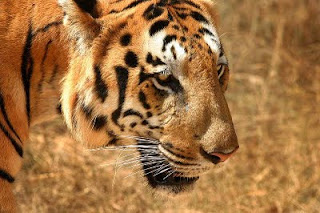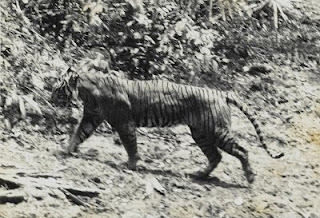Global Forests & Trade Network ( GFTN )

Every year, more than 30 million acres of natural forest are destroyed to meet the growing global demand for wood and agricultural products. In order to ensure that some of the world's most valuable and threatened forests do not face uncontrolled exploitation due to this growing demand, the Global Forest & Trade Network, a WWF led program, was established. The GFTN links companies, NGOs and entrepreneurs in more than 30 countries across the world with the goal to create a new market for environmentally responsible forest products. Since 1991, market-driven demands from GFTN participants have increased the economic incentives for responsible forest management. This is helping to ensure that millions of acres of forests are independently and credibly certified, a guarantee that the forests are well managed and that their products come from legal and sustainable timber harvests. The GFTN exists to support and facilitate greater coordination of national and regional efforts to e...




